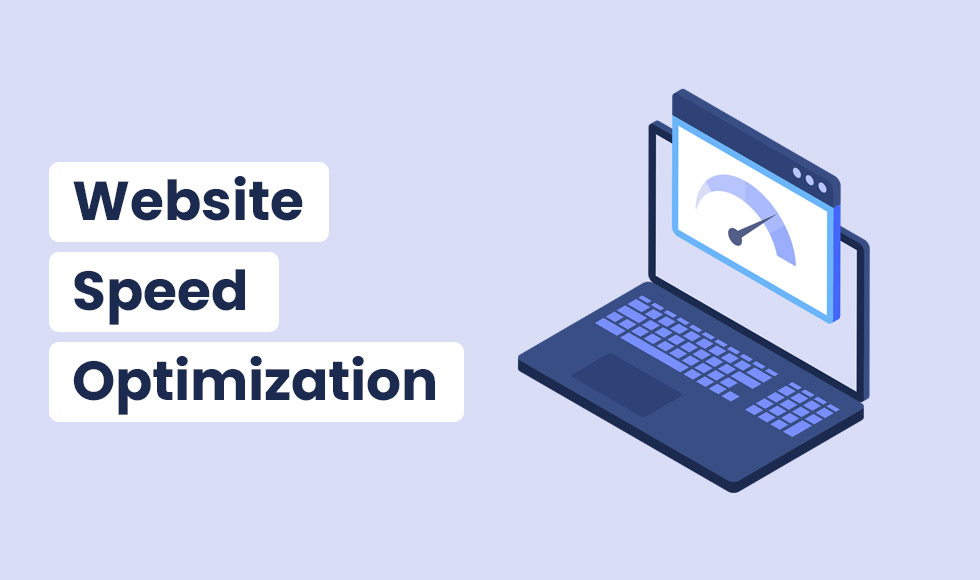
Introduction:
Website speed directly impacts user experience (UX) and search engine rankings. A fast-loading website improves engagement, SEO, and conversion rates. Here’s how I keep website performance at its best.
Content:
- Compress Images for Faster Loading: Large images slow down a site. I use tools to compress images without losing quality, helping with page load times.
- Efficient Coding Practices: Minimal, clean code reduces load time. I keep my CSS and JavaScript streamlined for optimized website speed.
- Content Delivery Networks (CDNs): A CDN distributes content across global servers, reducing latency and speeding up access times for users worldwide.
- Browser Caching to Reduce Load: By enabling browser caching, I help pages load faster for returning visitors, enhancing website performance.
- Minimizing Redirects for Efficiency: Too many redirects slow down a website. I keep the URL structure clean to improve load times.
Conclusion:
Optimizing for website speed is essential for better SEO and user experience. These techniques ensure that my sites load quickly, boosting engagement and visibility.
